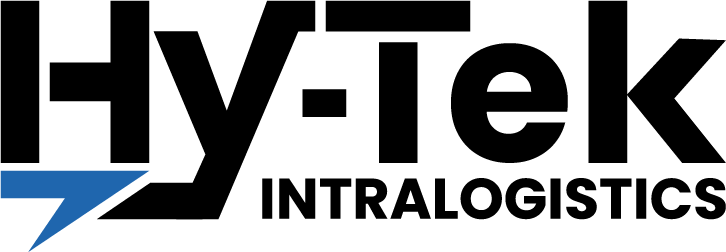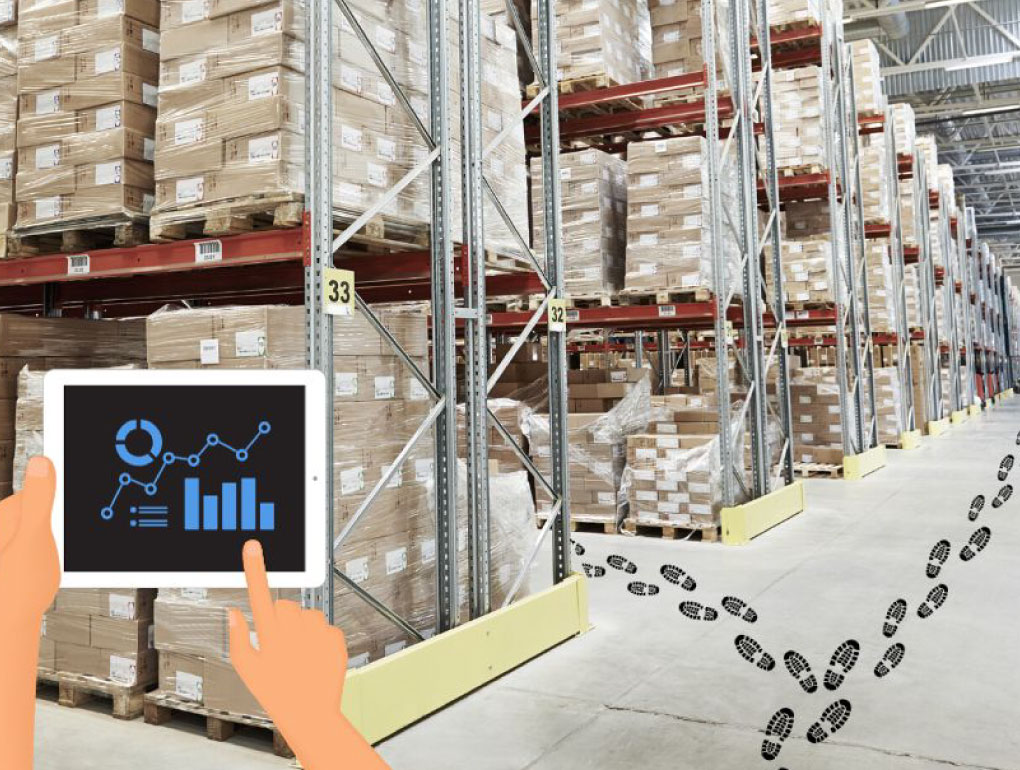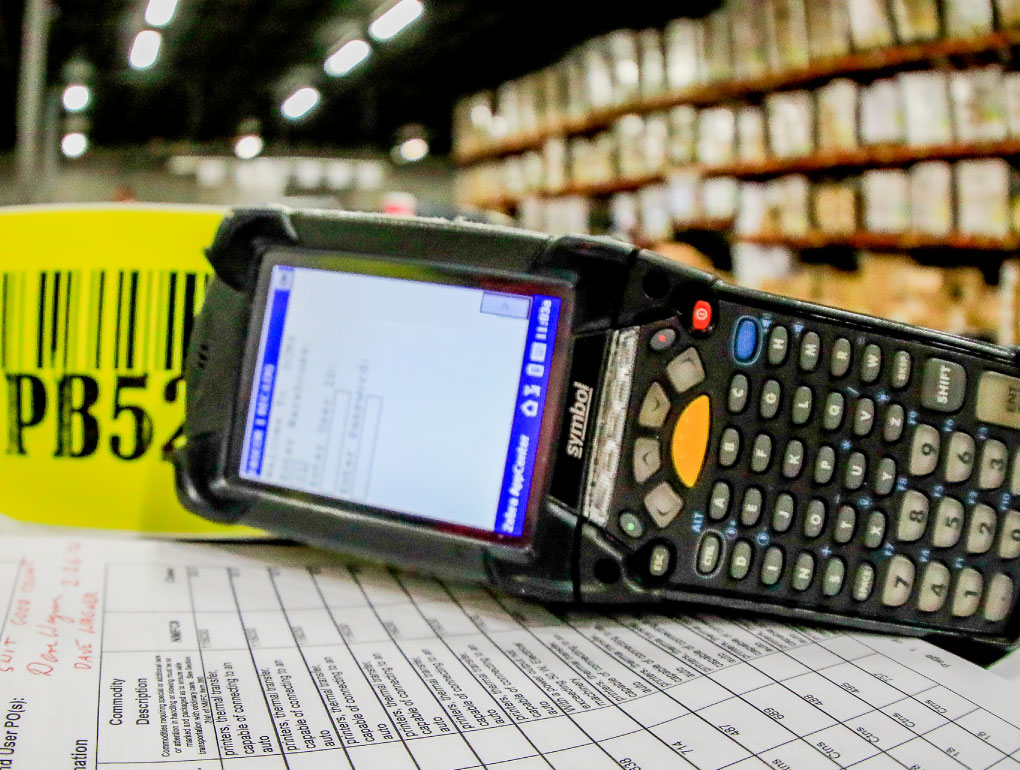Insights from John Klare
Ask any warehouse leader today what keeps them up at night, and the answer is rarely just about volume. It’s volatility. Orders fluctuate by the hour. Labor capacity rises and falls by the shift. Even the most advanced automation systems can quickly turn into bottlenecks without the right coordination in place.
Planning systems like ERP (Enterprise Resource Planning) and WMS (Warehouse Management Software) were built for a different era. They operate in batches, follow predefined rules, and often don’t communicate well with each other. For a long time, that was enough. But supply chain expectations have changed, and the tools alone haven’t kept pace.
That’s where warehouse orchestration comes in.

The Fulfillment Equation Has Changed
Change isn’t occasional anymore; it’s constant. And the ability to adapt is now a defining trait of high-performing supply chains. According to Gartner, “Ninety-five percent of supply chains must quickly react to change, but only 7% can execute decisions in real time”. In an environment where priorities shift by the minute and disruptions can come from anywhere, execution needs to be just as dynamic as planning. By 2028, companies are expected to invest five times more in technology that supports real-time execution (Gartner).
Warehouse orchestration is the new frontier. It’s not about replacing your existing systems; it’s about making them work better together. By coordinating workflows, labor, automation, and data in real-time, orchestration enables operations to do more than just plan. It enables them to respond, self-correct, and continuously optimize as conditions change.

Why Planning Alone Is No Longer Enough
ERP platforms play a vital role in long-range planning and financial alignment. WMS platforms provide structure for inventory control and order fulfillment. But both rely on logic that’s fixed at the time of configuration. When things go according to plan, they work well. When the unexpected happens, and it always does, they struggle to adapt.
Consider just a few of the disruptions warehouses face regularly:
- A large retailer pushes up a ship date for a promotion.
- Several key workers call out during the second shift.
- A robotic system slows down due to a mechanical fault.
- A new batch of SKUs arrives, but the slotting hasn’t been updated yet.
In most environments, these challenges are handled manually. Supervisors walk the floor. Operators wait for direction. Adjustments are made, but they’re often reactive and not repeatable.
Warehouse orchestration offers a smarter alternative. By sitting above existing systems and monitoring activity in real time, it provides a central brain that continuously evaluates and reprioritizes the operation.
Enter Warehouse Orchestration: The New Layer of Agility
Warehouse orchestration is not simply a single product. It’s a strategy, and increasingly, a requirement, for high-performing fulfillment networks.
At its core, warehouse orchestration is about aligning systems, automation, and people toward a shared set of goals. It enables real-time execution decisions based on live conditions and facility priorities. Instead of rigid, siloed workflows, orchestration brings flexibility to every layer of the warehouse.
Think of it as the glue that connects the data coming from your WMS, WCS, robotics, labor systems, and even your ERP. It absorbs that information, analyzes it, and triggers the next best action, whether that’s reassigning a pick task, rerouting totes, or adjusting wave timing.
Multiagent Orchestration: Moving from Control to Coordination
Not only familiar in name, it can be helpful to compare orchestration to the role of an orchestra conductor. In both cases, each element, whether a musician or a function of a warehouse, operates independently, but needs to stay in sync with others to avoid delays, confusion, or worse.
Warehouses are managing more complexity than ever. Between traditional material handling equipment, mobile robotics, labor fluctuations, and customer-driven SLAs, there are more moving parts with less room for error. WCS systems control machines. WMS platforms issue work orders. But few tools provide the visibility and agility needed to coordinate across all of them.
That’s the value of orchestration. It doesn’t just automate steps. It monitors the entire performance and adapts on the fly. At Hy-Tek, our IntraOne software is purpose-built to do just that, combining inputs from across the facility to dynamically assign tasks, self-heal disruptions, and continuously optimize throughput.
Why ERP Interoperability Matters More Than Ever
Another reason orchestration is gaining momentum is its ability to extend the value of ERP systems without the need for costly customization. Many organizations attempt to drive execution logic directly from the ERP layer, only to find themselves limited by slow refresh rates, batch-level visibility, and rigid workflows.
Orchestration fills the gap. Full-stack software systems like IntraOne connect directly to major ERPs such as Microsoft Dynamics 365, SAP, and Oracle. They translate high-level planning data into warehouse-specific action, and just as importantly, push execution insights back upstream.
The result is a connected enterprise where strategic planning and tactical execution are in lockstep. Inventory turns faster, and labor is better utilized. And leaders gain real-time visibility that informs both daily operations and long-term decision-making.

Orchestration in Action: Real-Time, Not Reactive
The benefits of orchestration become especially clear when something goes wrong. Here are a few everyday challenges where orchestration makes a measurable difference:
- Order prioritization shifts mid-day
With orchestration, the system recognizes that high-priority orders need to be expedited and reshuffles wave planning accordingly, without manual intervention.
- An automation system slows down
Rather than allow downstream work to pile up, orchestration redistributes tasks to nearby zones or reallocates labor to prevent delays.
- Labor constraints affect a critical pick area
Orchestration rebalances work in real time, assigning the most skilled associates to high-impact areas while scaling back on less urgent tasks.
These adjustments are not theoretical. They’re happening in real time, every day, in high-volume operations using platforms like Hy-Tek’s IntraOne to maintain flow, improve accuracy, and hit service targets.
What to Look for in an Orchestration Partner
As with any major operational investment, choosing the right orchestration partner matters. Look for a solution and provider that can support not only your current state, but where your warehouse is headed. Key traits include:
- Built for hybrid operations with both manual and automated workflows.
- API-first, cloud-native architecture that integrates with your tech stack.
- ERP-agnostic capabilities that complement your planning tools.
- Real-time decision-making and continuous optimization features.
- A proven partner with expertise in warehouse design, integration, and support.
At Hy-Tek, we bring all of that together with IntraOne, a platform designed to help warehouses operate with greater speed, accuracy, and agility.
Orchestrated Today, Competitive Tomorrow
The days of static execution are behind us. Today’s distribution centers need to respond to change quickly, allocate resources wisely, and maintain flow across increasingly complex environments.
Warehouse orchestration is not just a trend. It’s the foundation for a more agile, competitive supply chain. By creating a real-time layer of coordination, orchestration improves everything from labor efficiency to system utilization to customer service.
At Hy-Tek, we believe warehouse orchestration is central to the future of fulfillment, and we’re helping our customers lead the way.
Stay Ahead of the Curve

Stay up to date with the latest strategies in warehouse orchestration, automation, and execution. Get industry insights, expert guidance, and updates from Hy-Tek’s trusted advisors delivered straight to your inbox.





